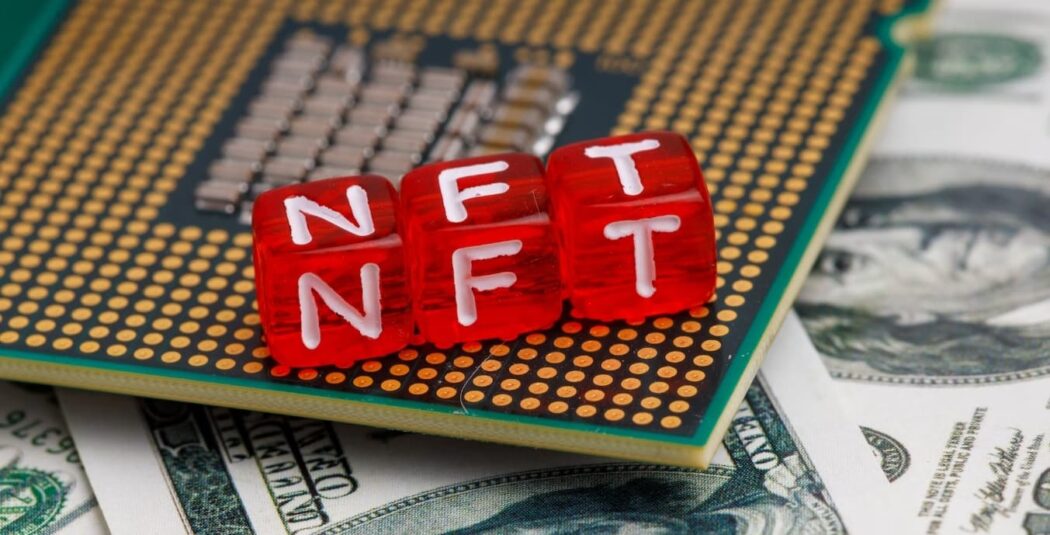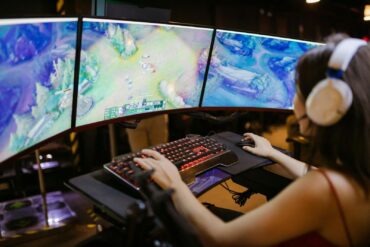Pay-to-Earn (P2E) Games and NFTs: What You Should Know

Hey there, dear reader! So you’ve been hearing these acronyms ricocheting around the internet: P2E and NFT. The gaming world is abuzz, and it’s not just about high scores or epic boss fights anymore. No, the stakes are real, and so is the money you can make. Fasten your seatbelt because we’re about to dive deep into the lucrative universe of Pay-to-Earn games and Non-Fungible Tokens.
What is P2E?
Imagine playing a game where the items you collect, the characters you upgrade, or the virtual lands you conquer actually put money in your pocket. Welcome to the world of Pay-to-Earn (P2E) gaming a revolutionary shift that’s turning players into earners. Unlike traditional gaming where you often find yourself in a never-ending loop of microtransactions, P2E promises something profoundly different. Here, your gaming abilities can be directly converted into assets with real-world financial value. In essence, you become both a consumer and a contributor to the game’s ecosystem.

The Role of NFTs in P2E
Let’s add another layer to this cake Non-Fungible Tokens, commonly known as NFTs. Imagine owning a one-of-a-kind weapon or a limited-edition character skin. Now, elevate that thought. What if that unique item could be sold or traded like a rare baseball card? That’s precisely what NFTs bring to P2E gaming. By utilizing blockchain technology, these digital tokens can be authenticated and owned by individual players, allowing for the buying, selling, and trading of unique in-game assets. It’s not just a powerful sword; it’s your powerful sword that you can sell to the highest bidder.
The Appeal of P2E and NFTs
What draws players like moths to the glowing flame of P2E and NFTs? For starters, it’s the promise of making real money through a hobby that many of us would engage in for free. Combine that with the ability to own unique items that can appreciate in value over time, and you’ve got a formula for attraction that’s hard to resist. There’s also the tantalizing sense of agency and ownership. You’re not just accumulating points; you’re accumulating assets—real ones that could potentially fund your next vacation, or heck, even become your primary source of income.
Risks and Rewards
But it’s not all sunshine and rainbows. Investing in P2E games and NFTs is akin to stepping into a high-stakes poker game; there’s real money on the table. The value of your digital assets can be as volatile as a cryptocurrency market, and scams are always a lurking danger. Therefore, due diligence is a must. Research the game developers, scrutinize their track records, and don’t overlook the community’s sentiment. Just like you wouldn’t blindly invest in stocks or real estate, exercise the same level of caution and strategic thinking here.
Skill vs Luck in P2E
One element that sets P2E apart from traditional gambling or investment mechanisms is the role of skill. This isn’t just a roll of the dice or a spin of the roulette wheel. Your proficiency in the game, your strategic timing in buying or selling assets, and your networking skills within the game’s community can all significantly influence your earning potential. Simply put, the better you are, the more you stand to earn.
Regulatory Landscape
As the saying goes, where there’s money, there’s Uncle Sam—or some form of governmental oversight. The fledgling P2E and NFT markets have already caught the eyes of regulators worldwide. Rules are emerging to define how these digital assets are taxed, how ownership disputes are resolved, and what constitutes fair trade within these virtual economies. Being well-informed about your jurisdiction’s stance on digital assets is not just advisable; it’s essential.
Case Studies
- Success Stories: Take Axie Infinity, for example. This game has created an ecosystem where players can earn by participating in battles, trading, and even breeding digital pets, known as Axies, which are NFTs. It has established a new standard for how P2E models can offer sustainable income for players.
- Cautionary Tales: Conversely, remember the meteoric rise and fall of CryptoKitties? It was one of the earliest blockchain games that allowed players to purchase, collect, breed, and sell virtual cats. While it provided early players with significant gains, its popularity waned, causing many late adopters to incur losses.
Future Outlook
What’s on the horizon for P2E and NFTs? The industry is young but growing at an exponential rate. As blockchain technology becomes more advanced and accessible, and as mainstream acceptance grows, the P2E model will likely permeate a broader spectrum of digital interactions. However, as the market matures, anticipate more stable but potentially less astronomical returns. In other words, the early bird might catch the worm, but latecomers can still enjoy a fruitful harvest.
Conclusion
In the ever-evolving world of digital gaming and assets, Pay-to-Earn models combined with Non-Fungible Tokens offer a frontier teeming with potential rewards—and equally significant risks. Skill, strategic planning, and an appetite for risk are the name of the game. Are you merely a player, or are you ready to become an earner? Are you up for the challenge, and more importantly, are you game?




